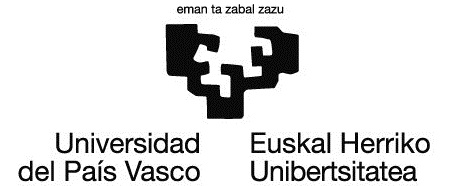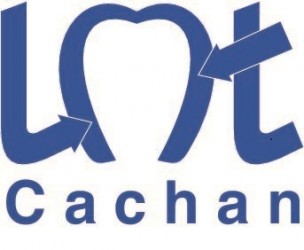Abstract:
This conference is devoted to impressive progresses in material sciences and energy allowed by 3D imaging and High Performance Computing (HPC). High resolution 3D imaging is nowadays part of the laboratory equipment: confocal microscopes are usual lab tools and nano-tomography with sub-micrometric resolution starts to be available in some labs. Similarly, the mushrooming power of computers continues to move the frontiers of simulation. Upscaling methods, such as homogenization or volume averaging, allowed a well-established set of macroscopic equations in heterogeneous media to be obtained. This approach is powerful but needs to be supplied by relevant effective parameters. Nowadays, thanks to the spectacular progresses in 3D imaging and computational tools, these effective parameters can be obtained by 3D calculations on real pore morphologies. Recent examples will be presented to predict properties of bio-based building materials. 3D imaging and HPC are also complementary tools to simulate processes involving coupled transfer in reactive or bioactive media. Some examples of such processes will be proposed in the second part of the conference. The final part of the talk will be devoted to advances in formulation that remain needed to effectively take advantage of these two impressive tools (nanotomography and HPC). For example, new insights in fractional operators will be presented biefly.
A graduate of the prestigious "Ecole Polytechnique", Patrick Perré achieved full professorship at the renowned Forestry Engineering College at Nancy, France (which merges with AgroParisTech in 2007), at the age of 41. Physicist with an intended balance between modelling and experiment, he combines a world-class scientific approach with a penetrating understanding of the practical, technological implications of his work. He is mainly involved in coupled transfer in reactive or bio-active media, with applications to bio-materials, bio-energy and modelling of bio-processes. In 2010, he moved to CentraleSupélec (former Ecole Centrale Paris) as head of the Laboratory of Chemical Engineering and Materials, a group of ca. 65 people, where he already instilled a strong activity in the use of renewable resources, namely using vegetal plants to produce materials, energy or high-valued molecules thanks to biotechnologies. Patrick cumulates more than 160 papers in peer-review journals, 3 patents and more than 30 keynote addresses at international conferences (h-factor of 28, WoS and 37, Google Scholar). He received 3 international awards and has numerous international collaborations, notably in Brazil, Australia, Quebec and Tunisia. He is an expert in several professional organizations.







